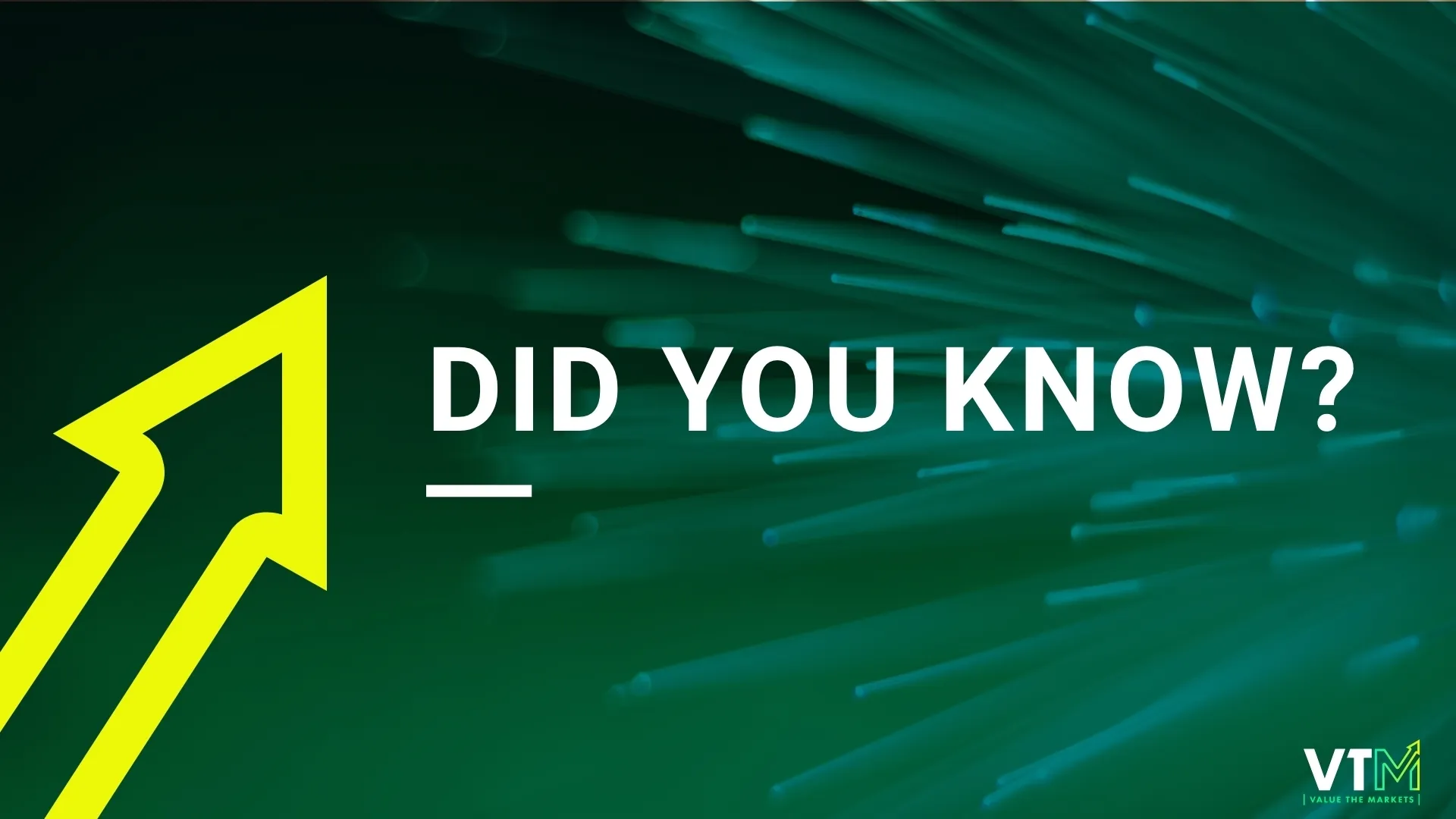An NFT or non-fungible token is a cryptographic asset on a blockchain that contains unique identification codes and metadata to distinguish them from each other.
NFTs cannot be traded or exchanged at equivalency as each one is unique, unlike cryptocurrencies which are identical to each other and can be used as a method for making commercial transactions.
#How an NFT works
Currently, the market for NFTs is focused on collectables such as digital artwork, sports cards and rarities. An example of this is NBA Top Shot, a place where you can collect non-fungible tokenized NBA moments in a digital card form, some of which have sold for millions of dollars.
As digital representations of assets, NFTs have been likened to digital passports as each contain a unique, non-transferable identity to separate it and distinguish it from other NFTs. They are also capable of extension in that you can combine one NFT with another to create a third unique NFT.

A tokenized version of the first-ever tweet sent by Twitter CEO Jack Dorsey sold back in March 2021 for just over $2.9 million.
To help with identification and transfer between token holders, NFTs also contain ownership details and owners can add metadata or attributes relating to the asset in the NFT. For example, an artist can sign their digital artwork with their signature in the metadata.
NFTs enable the digital representation of a physical asset making them a step forward in the right direction for the infrastructure for trading and loan systems. But perhaps one of the most exciting prospects of NFTs is its ability to create new markets and forms of investments.
#Types of NFTs
Traditionally held on the Ethereum blockchain, although they are supported by other blockchains also, an NFT is created from digital objects that represent both tangible and intangible assets, including:
Art
GIFs
Video and sports highlights
Collectibles
Virtual avatars and video game skins
Designer trainers
Music
Traders who are keen to start an NFT collection will first need a digital wallet that stores NFTs and cryptocurrencies and you will need to purchase some cryptocurrency. Once these two things are set up, traders can purchase NFTs from marketplaces such as OpenSea.io, Rarible and Foundation.
#Advantages of NFTs
The advantages of NFTs include:
Scarcity creates demand
As an NFT can only have one owner, this creates scarcity which in turn creates demand. Combine this with the exclusivity of NFTs and they have the potential to be very profitable.
Highly collectable
Like trading sports cards, NFTs are essentially trading cards for the wealthy. This works particularly well for artworks. Artists no longer have to rely on galleries or auction houses to sell their work, artists can sell their work direct to the buyers and keep more of the profits.
Immutability
NFTs can’t be changed or replaced in any way if their authenticity is verified on the blockchain. This intrinsic value of authenticity becomes an extrinsic value.
#Disadvantages of NFTs
The disadvantages of NFTs include:
Speculative market
At present, the worth of an NFT is entirely tied to aesthetic and sentimental value. The price of a NFT is what the market is willing to pay, making it impossible to gauge their worth as a long-term investment.
Can be stolen
Given their high value, scarcity and collectability, it is no wonder that NFTs have become a target for cyber criminals and have been targeted by security breaches. It is also important to mention that some exchanges have outdated security protocols.
